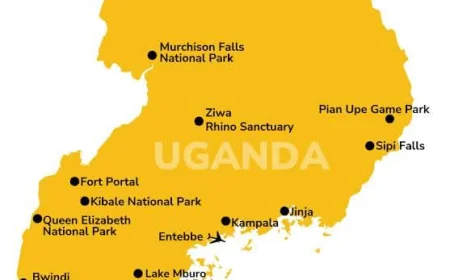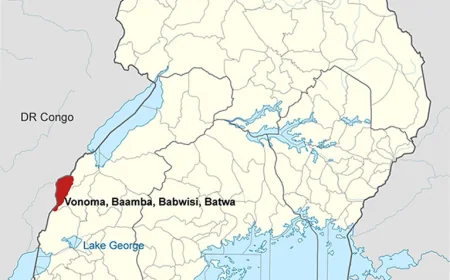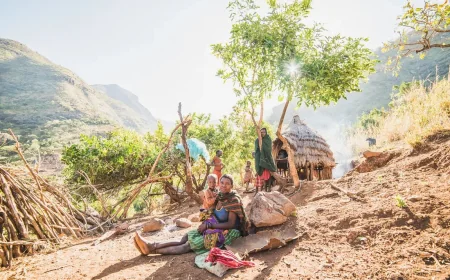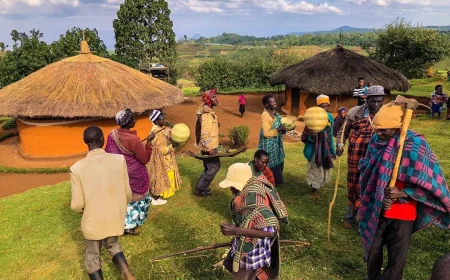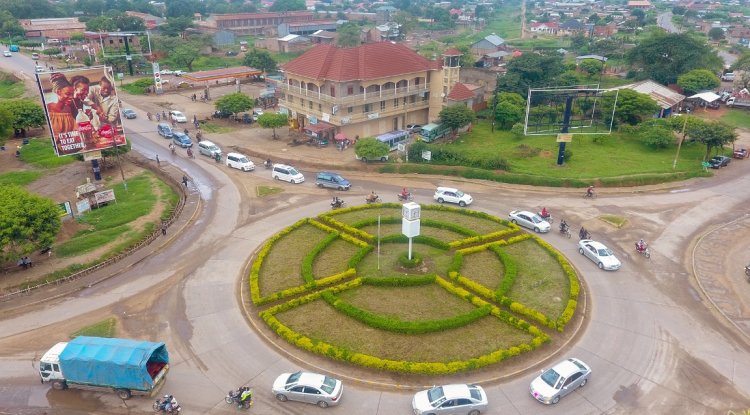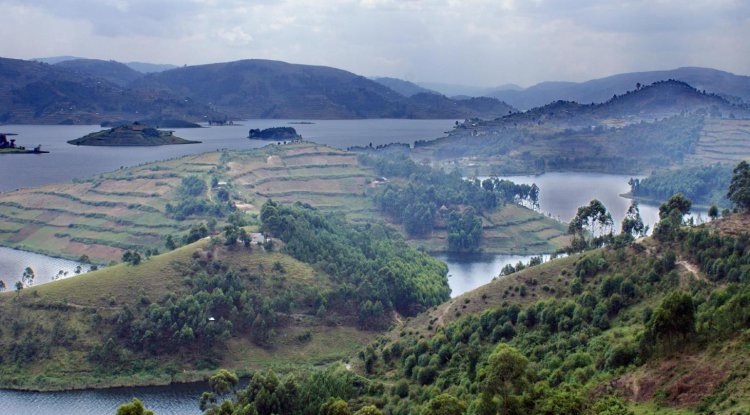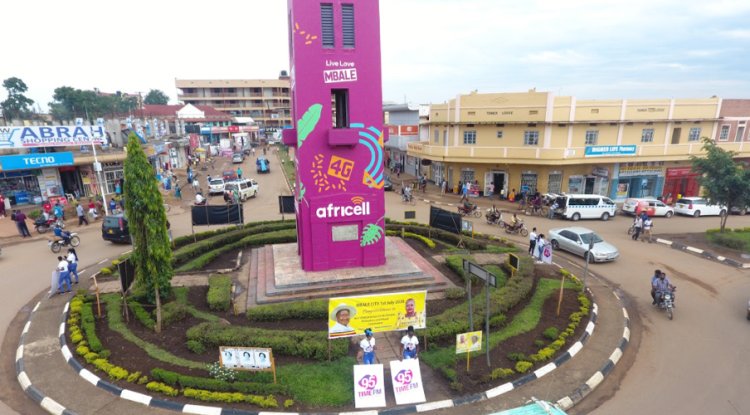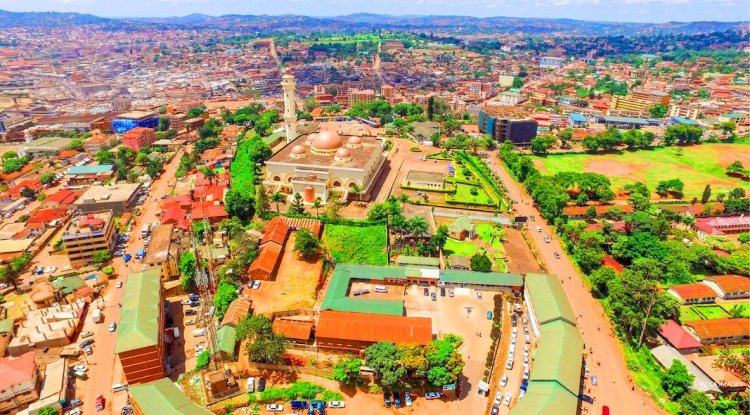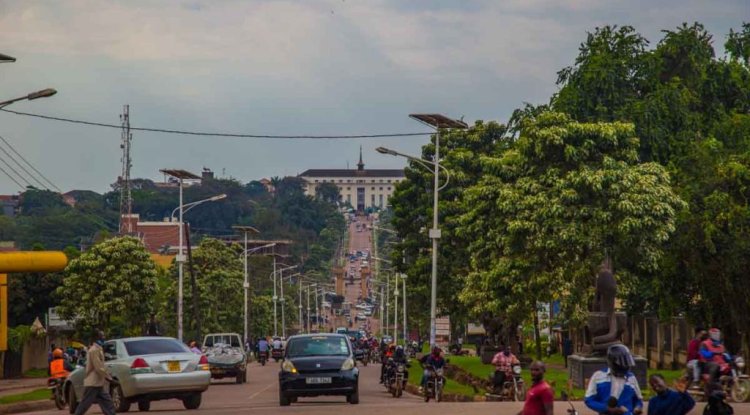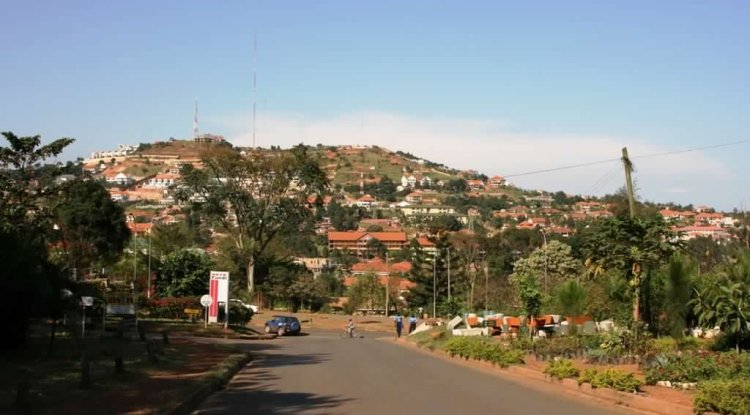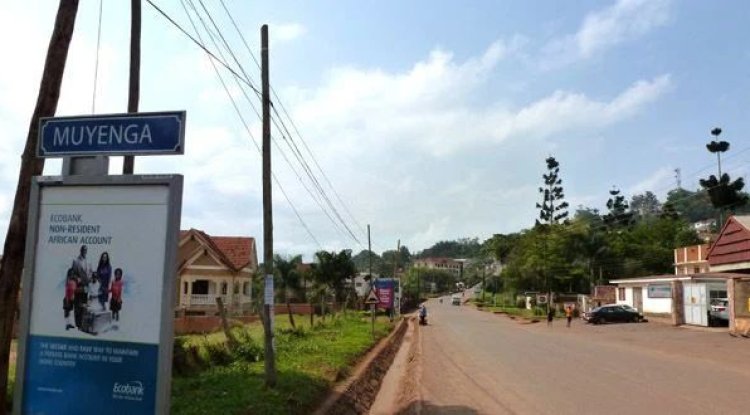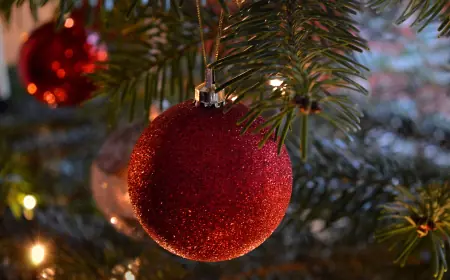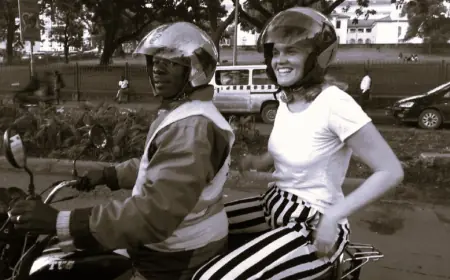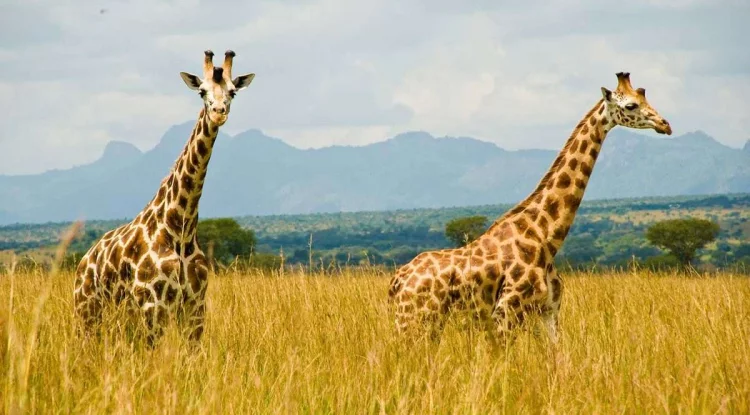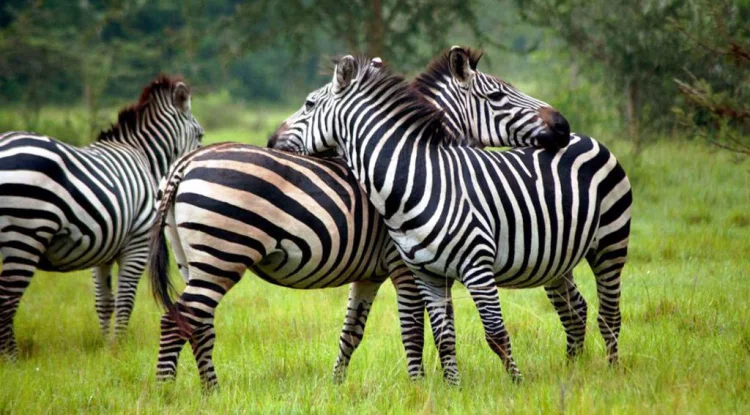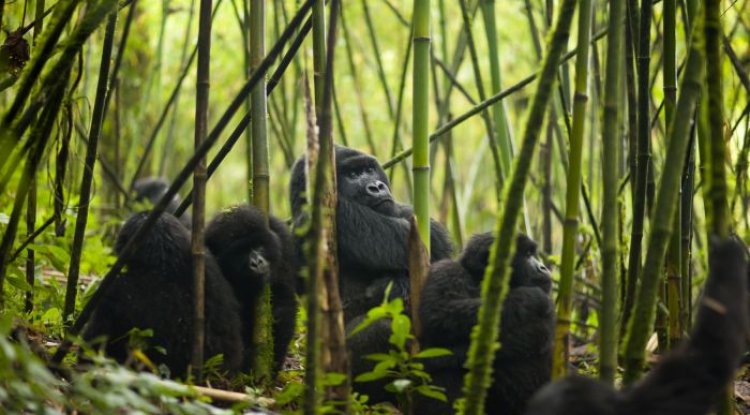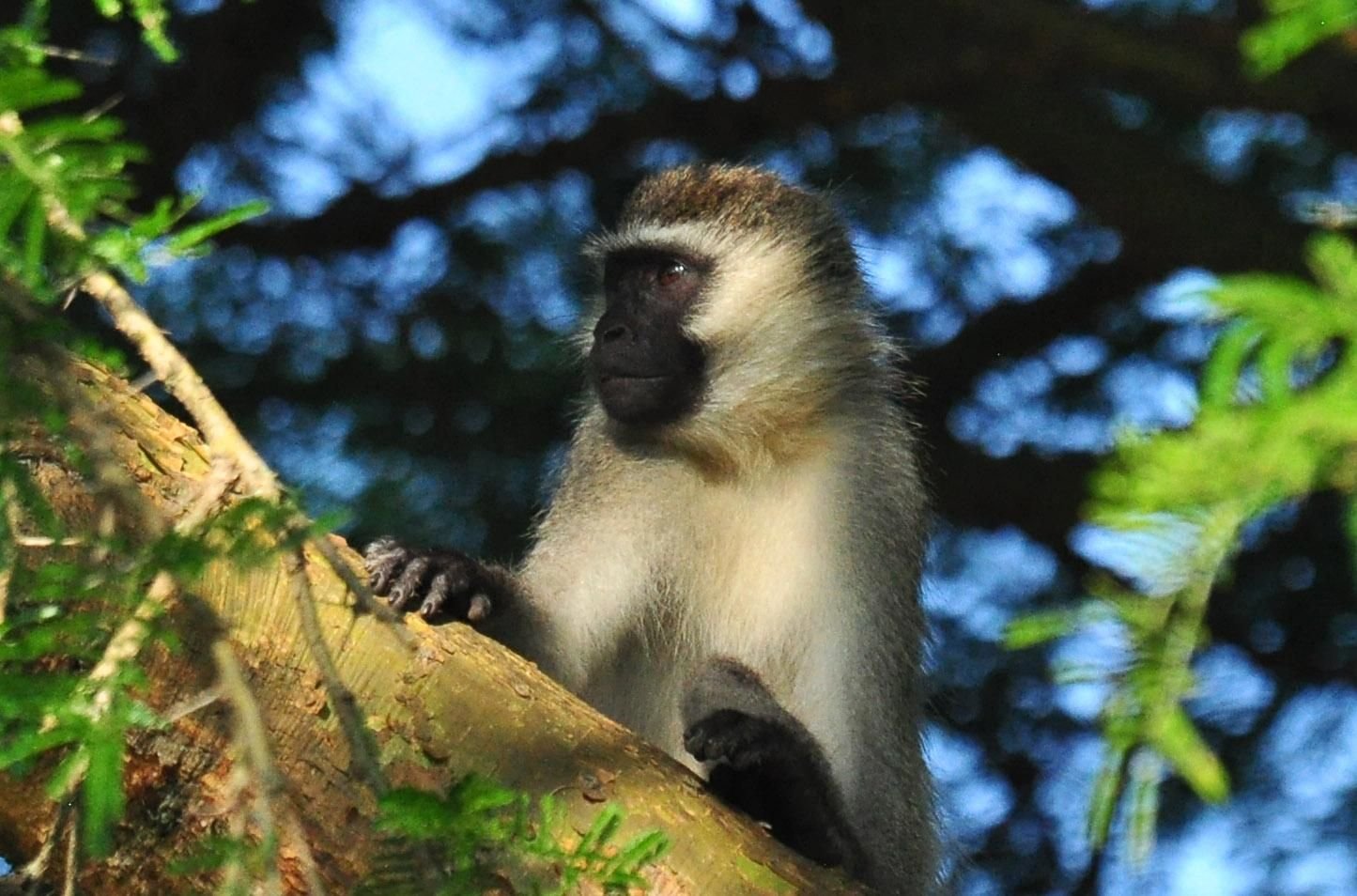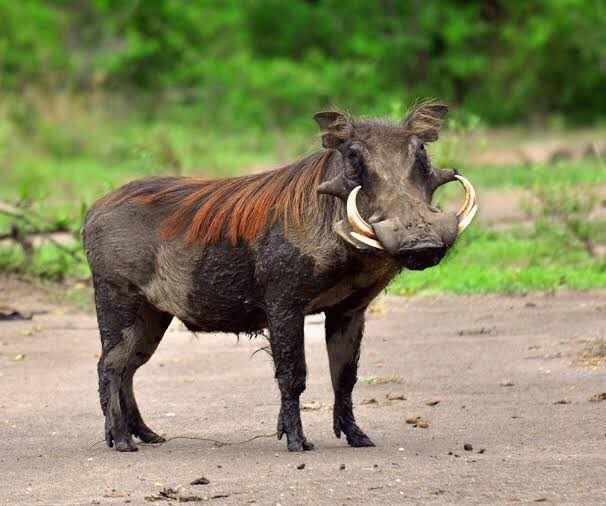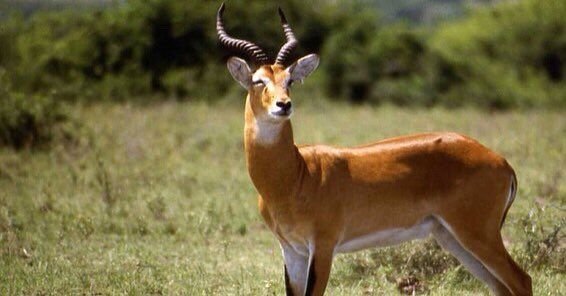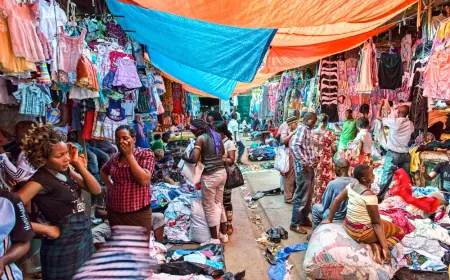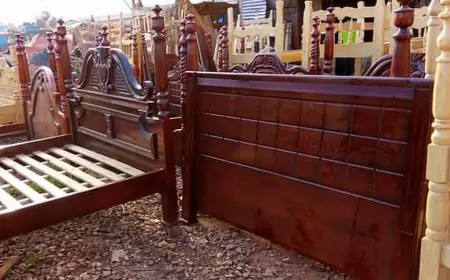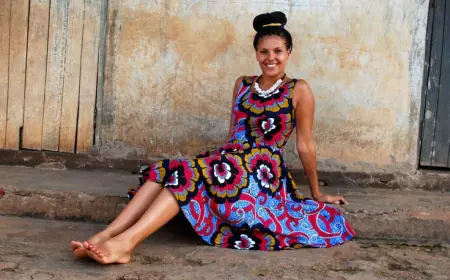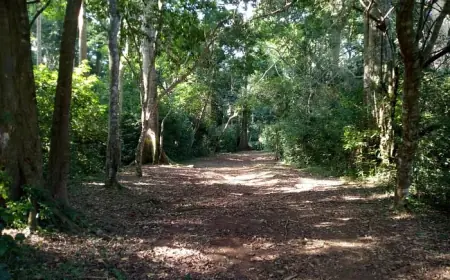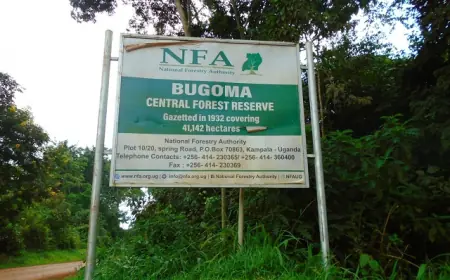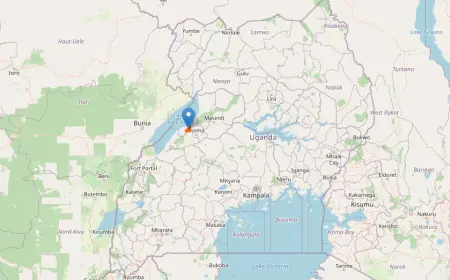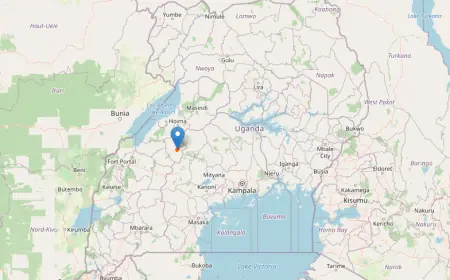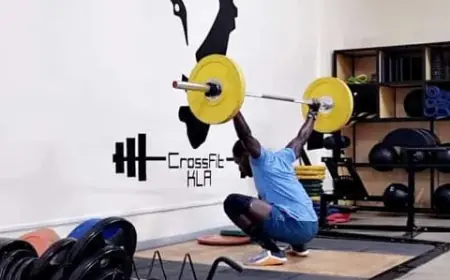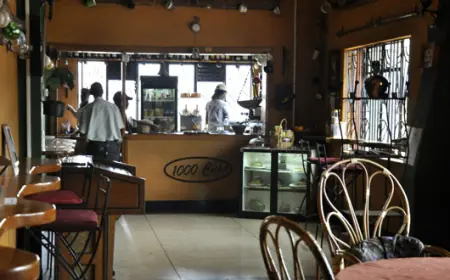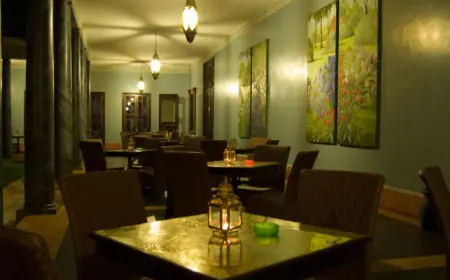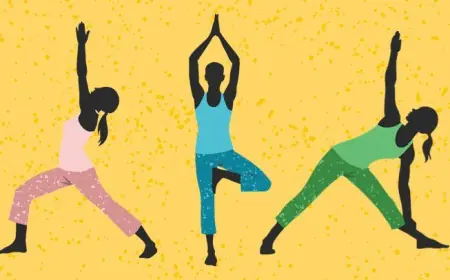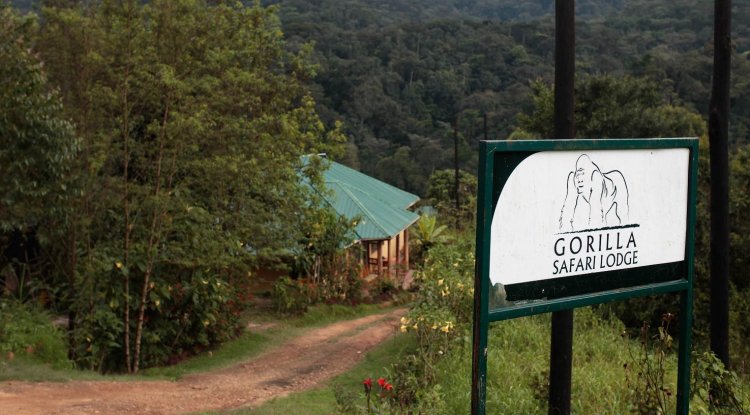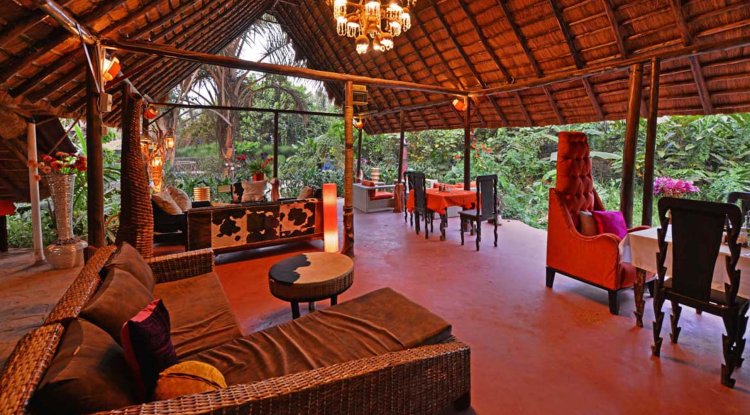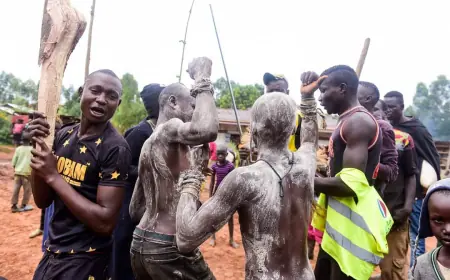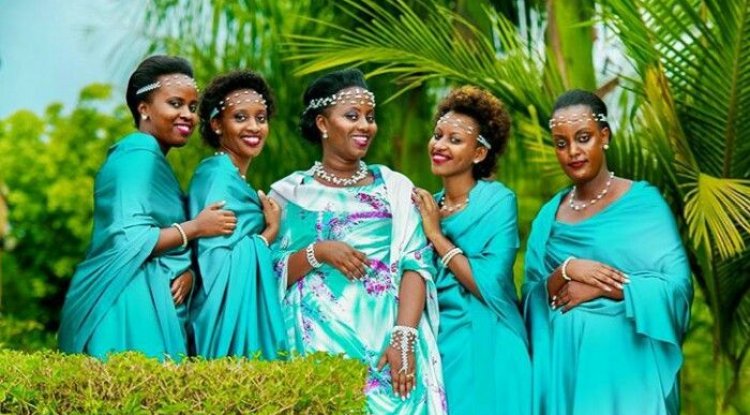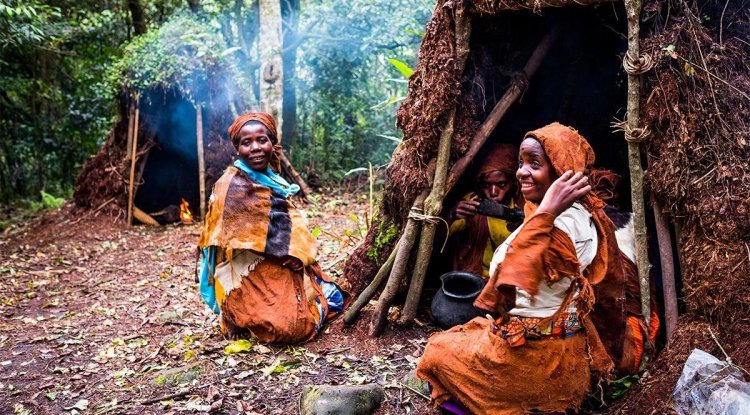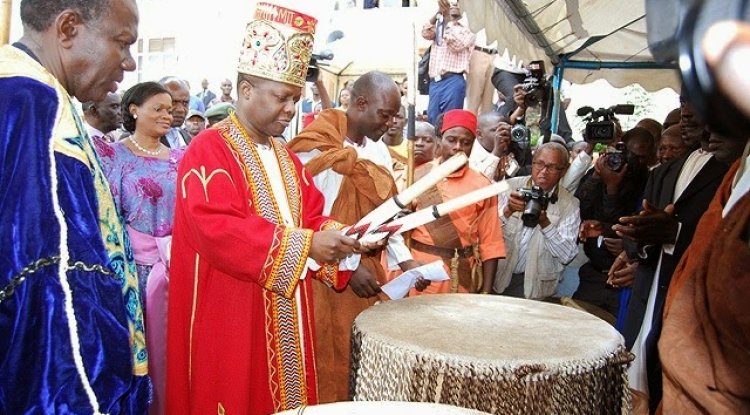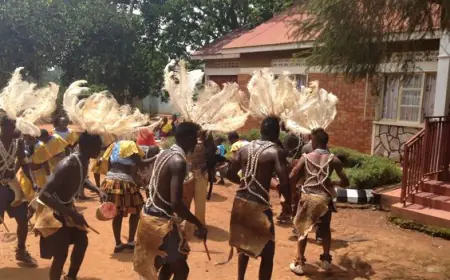The Pokot Tribe
The Pokot people, also spelled as Pökoot, inhabit the rugged landscapes of West Pokot County and Baringo County in Kenya, as well as the Pokot District in the eastern Karamoja region of Uganda.

The Pokot people, also spelled as Pökoot, inhabit the rugged landscapes of West Pokot County and Baringo County in Kenya, as well as the Pokot District in the eastern Karamoja region of Uganda. While they form a section of the Kalenjin ethnic group, their unique cultural practices and lesser-known aspects deserve exploration. In this article, we delve into the fascinating world of the Pokot tribe, shedding light on their history, lifestyle, and traditions.
Origins and Migration Patterns
The Pokot’s roots trace back to ancient times. They share linguistic similarities with other Kalenjin subgroups, such as the Marakwet, Nandi, and Tuken. Their migration patterns have shaped their identity, as they moved across the East African landscape, adapting to diverse environments.
The region bordering Uganda has never been properly delineated by a firm boundary because the Pokot often migrate into Karamojong territory (Uganda) in search of pasture, and their zone, termed Karapokot, was only recently (1970) definitively acquired by Kenya.
Approximately three-quarters of Pokot are pastoralists, while one-quarter are cultivators. The 'cattle people' are termed pi pa tix, whereas the others are known as pi pa pax, or 'corn people'.
Pastoralism and Farming
The Pokot people are primarily pastoralists and farmers. Their livelihood revolves around cattle herding, goat rearing, and cultivating crops. Their resilience in harsh conditions has allowed them to thrive in arid regions, where water scarcity and unpredictable weather pose constant challenges.
Cultural Practices
Ceremonial Rituals
-
Initiation Rites: Pokot boys undergo elaborate initiation ceremonies, transitioning into manhood. These rituals involve circumcision, symbolic scarification, and spiritual guidance.
-
Female Circumcision: Controversially, female circumcision (also known as female genital mutilation) remains a part of Pokot tradition. Efforts to eradicate this harmful practice continue, but it persists in some communities.
The youngster (now known as Muren) becomes a defender of his tribe; he begins to acquire his own animals and is assigned to raid cows at the expense of other ethnic groups. And the females will be eligible for marriage.
Following the operation, a lengthy period of solitude ensues. After these two to three months of seclusion, there will be a public ceremony in which the participants will be introduced as new adults.
During initiation and seclusion, girls are referred to as chemeri, which means neither girl nor woman. Girls will emerge in public with their faces smeared with white plaster or chalk. The hut in which seclusion took place will be deemed taboo, and a particular ceremony will be held at the time of its abandonment.
Dance
The Pokot have their own dances.
The adongo is a popular dance where everyone participates, including children, in the corral of animals. It involves standing, lifting the body on tiptoes, and holding hands to touch the hips of the person in front. The dance can last several hours and is traditionally performed during good growing season.
The dance of war is a popular, often violent, bodily movement performed by circumcised individuals. It involves concentric circles and high jumps, creating an atmosphere of exhilaration and solemnity. Women sing a Pokot thrill, while men chant a choral song in a deep, loud voice. This dance is beautiful from a spectator's perspective.
These and other dances are frequently accompanied by the sound of a wooden trumpet or a six-string guitar with a sounding box constructed from a tortoise carapace. Among the many ceremonies and feasts, we might note the parpara. This ceremony is conducted before to the birth of the first child. Only elders (both men and women) are eligible to participate. Parpara's major objective is to purify the expecting parents and their families, similar to an exorcism from evil spirits and 'insurance' of good health for the unborn child.
Oral Traditions and Storytelling
The Pokot preserve their history through oral narratives. Elders pass down stories of heroic deeds, migrations, and encounters with neighboring tribes. These tales connect generations and reinforce cultural identity.
For the Pokot, spoken art is very important. Proverbs can be used creatively to make a point or to teach. Proverbs can be used by someone to demonstrate his excellent public speaking skills at an assembly of elders. They are also employed in educating younger generations about the repercussions of deviating from morality. The popular story of the Louwialan clan serves as a cautionary tale against arrogance. The story of the blind girl who comes back to life is another popular one. During storytime, riddles, or Tyangoi, are primarily utilized to hone children's intellect and hold their interest.
Marriage
Marriage is supported by gift giving, with the groom and his family transferring gifts to the bride and her family over time. Before the bride enters into her husband's home, the number and type of gifts are decided upon. The bride's family typically receives a combination of livestock, gifts, and cash, while the bride receives milk cows and land rights.
Divorce due to incompatibility or a lack of children is prevalent in the early years of a marriage, while divorce after childbirth is unusual. A husband and wife's tie with their respective families and clans lasts three to four generations, after which the relationship is said to "disappear," and marriages may resume between the two groups. Although a man can have more than one wife, polygyny is unusual among men under the age of 40.
Spirituality and Ancestral Beliefs
The Pokot maintain a deep connection to their ancestors. They believe in spirits inhabiting natural elements like rocks, trees, and rivers. Rituals involve offerings to appease these spirits and seek their protection.
Tororot is the name most commonly used to allude to god among the Pokot. It's unclear how far we can go in embracing their religion as monotheism. Tororot is regarded as a supreme divinity. Nonetheless, additional gods' names are mentioned, including Asis (the sun), Arawa (the moon), and llat (the ruler of death). (Some researchers believe that these latter 'gods' bear resemblance to or are influenced by the ancient Nile people, such as the Egyptians of the Pharaohs).
Gender Roles and Empowerment
While traditional gender roles persist, Pokot women play essential roles in household management, agriculture, and decision-making. Organizations work to empower women by providing education and vocational training.
Conclusion
The Pokot tribe’s rich heritage extends beyond the surface, inviting us to explore their lesser-known narratives. As we celebrate their resilience, let us recognize the need for cultural preservation and sustainable development. By understanding the Pokot’s unique blend of tradition and adaptation, we honor their place in East Africa’s diverse tapestry.
What's Your Reaction?
 Like
0
Like
0
 Dislike
0
Dislike
0
 Love
0
Love
0
 Funny
0
Funny
0
 Angry
0
Angry
0
 Sad
0
Sad
0
 Wow
0
Wow
0
